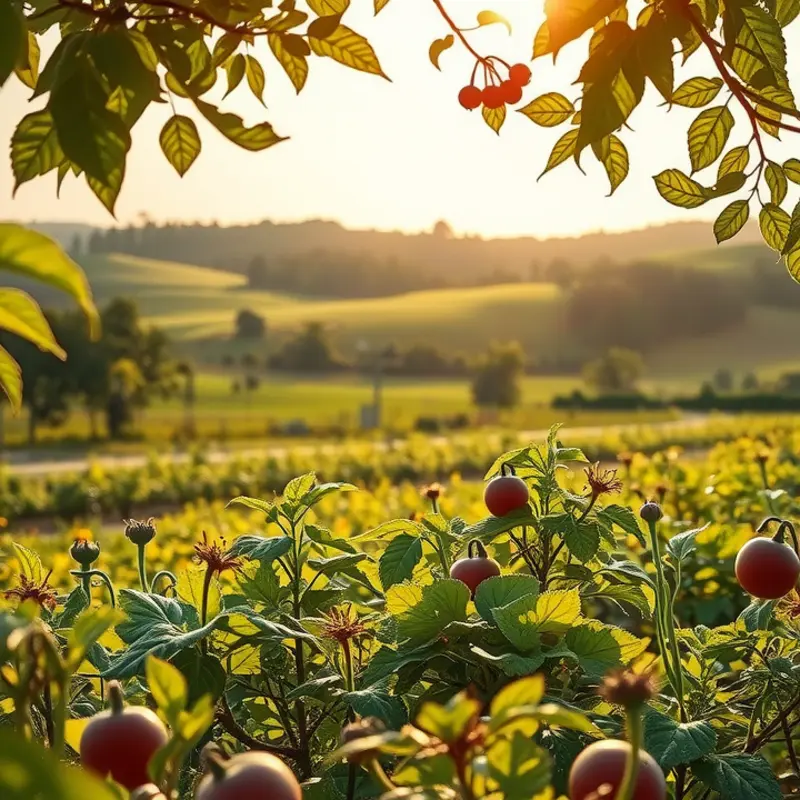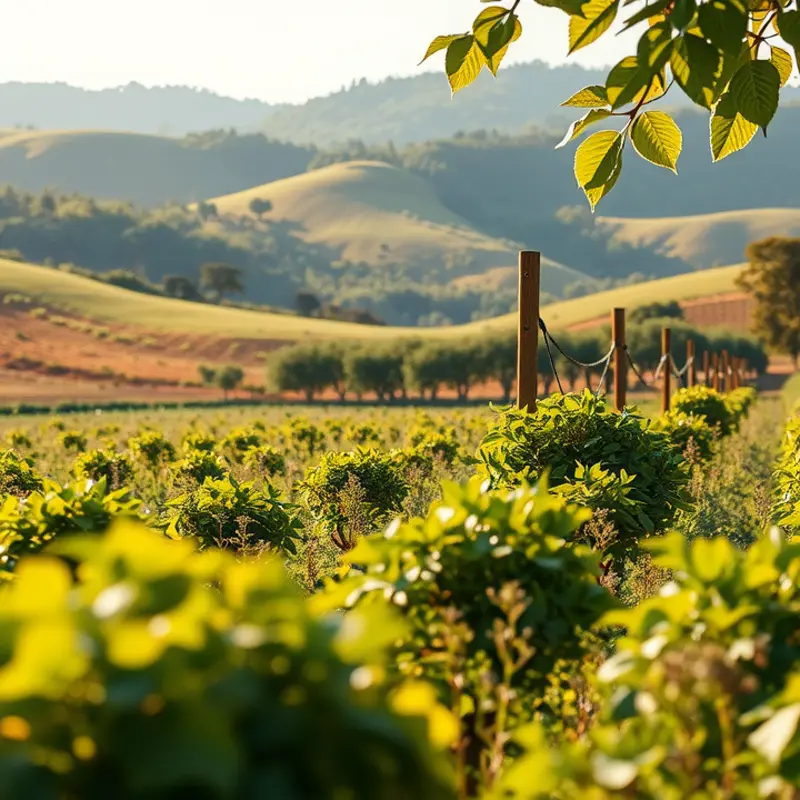Creating the perfect pie crust is an essential skill for any home cook. This guide will help you master this classic technique, whether you’re a novice or an experienced baker. With clear, practical tips, you’ll learn how to achieve a flaky, tender crust that will elevate your sweet and savory pies. Let’s get started on your pie-making journey!
Essential Ingredients for Pie Perfection

Crafting the perfect pie crust hinges on understanding your ingredients. Flour, fat, salt, and a touch of sugar each play essential roles. Selecting the right type of each can elevate your pie crust to perfection.
Flour: Flour provides the structure of your crust. The protein content, which correlates with gluten formation, is key. All-purpose flour is a solid choice for most home bakers, balancing tenderness and structure. However, if you’re after a more tender crust, consider using pastry flour. Its lower protein content results in less gluten, creating a softer crust. For those avoiding gluten altogether, mix gluten-free flours, but bear in mind you might require a binding agent to ensure the dough holds together well.
Fat: The type of fat affects flavor, flakiness, and texture. Options range from butter and lard to shortening and oils. Butter is praised for its rich flavor and the ability to create steam pockets in the dough, contributing to a flaky texture. Lard also produces a very flaky crust and can add a unique taste. Shortening offers the best in terms of tenderness but lacks flavor, making it ideal to blend with butter. If using oils, select those with a mild flavor; however, achieving flakiness might be a challenge, requiring more careful technique.
Salt and Sugar: Though they seem like minor players, both contribute significantly. Salt enhances all other flavors and strengthens flour’s gluten network. Too little and your crust might taste flat; too much, and it becomes overwhelming. Sugar, while optional, can aid in browning and adds slight sweetness, enhancing the pie’s overall flavor. When fighting against sugar’s sticky effect, err on the side of less if making a savory pie.
Combining Ingredients: The method is as critical as the ingredients. Cold ingredients are crucial; chilling after each step prevents the fat from melting prematurely. This is what forms those sought-after flaky layers. Use the ‘cut-in’ method with a pastry cutter or your fingertips, blending until the mix resembles coarse crumbs. Overmixing is a common pitfall to avoid, as it leads to tough dough. Moisture is vital but should be added cautiously—sprinkle cold water a tablespoon at a time until the dough just holds together.
When sourcing these ingredients, consider local or organic options, as they often offer heightened flavor and quality. For more insights on flavor enhancement without heavy reliance on salt, explore this guide on non-salt flavor boosters.
With these guidelines, you can select and combine your ingredients effectively, paving the way for perfectly flaky, delicious pie crusts every time.
Techniques for a Flaky and Tender Crust

Achieving a flaky and tender pie crust is the holy grail for many home cooks. The secret lies in perfecting a few key techniques, starting with the ingredients. It’s crucial to keep all ingredients, especially the fat and water, as cold as possible. Cold fat creates steam pockets as it melts during baking, leading to that delightful flakiness we all love.
Begin by selecting the right fat. Whether you prefer butter, lard, or shortening, the principle remains: use it cold. Chop the fat into small, pea-sized pieces, or opt for a pastry cutter or forks to combine with the flour. This process, known as ‘cutting in,’ is essential. It ensures that small bits of fat are evenly distributed throughout the dough, contributing to the flaky layers.
Mixing your dough also requires a careful touch. Add the cold water gradually, using a wooden spoon or your fingers, until the dough just comes together. Over-mixing can lead to a tough crust as it activates gluten in the flour. Handle the dough as little as possible; once it holds together, shape it into a disc, wrap it, and chill it in the refrigerator. Chilling the dough not only keeps the fat cold but also allows the flour to hydrate evenly.
When the moment comes to roll out your dough, ensure your surface and rolling pin are lightly floured to prevent sticking. Roll from the center outward, turning the dough as you go to maintain an even thickness. A well-floured surface helps keep the dough from becoming sticky and tearing.
If you’re interested in sustainable kitchen practices while mastering pie crust, check out these eco-smart kitchen storage tips.
Finally, before baking, don’t forget to rest the rolled-out dough once more, allowing it to relax helps prevent shrinkage during baking. Place it into your pie tin carefully, flute or crimp the edges, and return it to the fridge. Patience pays off, as every stage of chilling reinforces those flaky layers.
By understanding and using these techniques, you’re well on your way to mastering the art of a flaky, tender pie crust. It’s a process that requires attention to detail, but the reward of a perfectly textured crust makes every step worthwhile.
Final words
Mastering the art of pie crust greatly enhances your baking repertoire, turning everyday fruits and fillings into delectable treats. With the right ingredients and techniques, preparing a flaky and tender crust becomes accessible, enjoyable, and rewarding. Remember to trust your instincts during the process; baking is as much about creativity and taste as it is about following recipes. Enjoy the process, share your creations, and take pride in your culinary skills!







